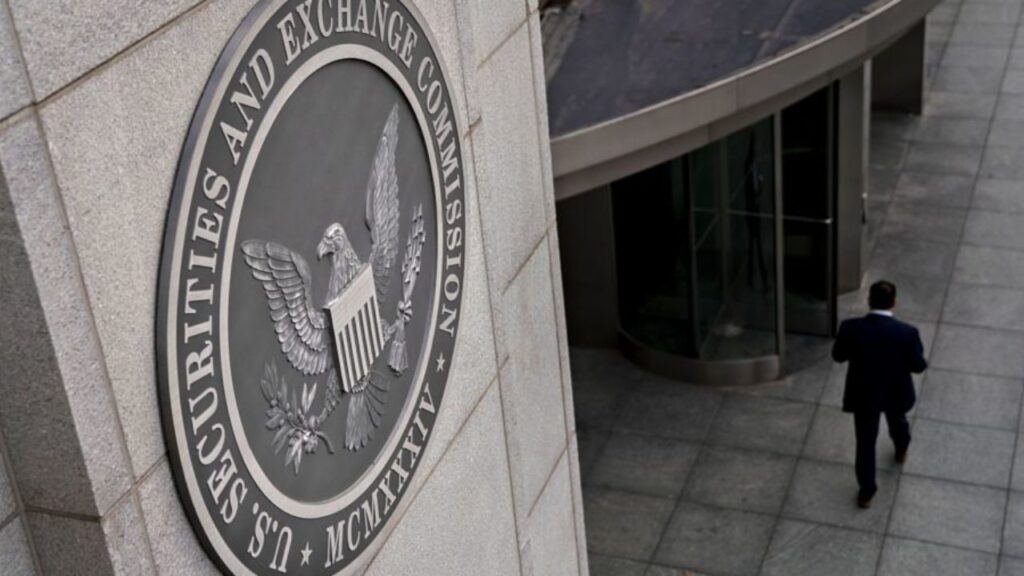With leadership changes at the United States Securities and Exchange Commission (SEC), the cryptocurrency market and traders are hoping for global adoption of crypto and its effective operation in areas such as the launch of new tokens, decentralized finance, clarity on stablecoins, acceptance of various funds and new pledges.
The industry expects significant developments from the SEC as it approaches 2025. Over the past several years, the commission has played a central role in shaping the regulatory landscape for digital assets.
Under the next administration of President-elect Donald Trump, Gary Gensler resigned as SEC chairman and former Commissioner Paul Atkins became the leading choice to replace him.
Additionally, current Commissioner Hester Peirce, known for her pro-crypto stance, continues to advocate for balanced, innovation-friendly regulation. Here’s what the crypto community should expect from the SEC in the coming year.
1. Token Launch Review
The SEC has made clear that many tokens offered through initial coin offerings (ICOs) and other fundraising mechanisms may be considered securities under the Howey Test. In 2025, we can expect inspection when new tokens are offered and an effective compliance process. This could involve:
- Registration required for token offerings.
- Clear guidelines between a security token and a utility token.
- Enforcement actions against unregistered securities.
With Paul Atkins’ focus on a more restrictive regulatory approach, there may be chances of making the compliance process easier, but the market should nevertheless remain cautious.
2. DeFi Monitoring
Decentralized finance (DeFi) has revolutionized the financial industry, but it has not escaped the SEC’s radar. While Atkins’ leadership may lean toward reducing regulatory burdens, Hester Peirce’s views may further influence a more pro-innovation stance. In 2025, the SEC could focus on:
- Identifying “ghost” intermediaries in a decentralized ecosystem.
- Explore voluntary compliance frameworks for DeFi platforms.
- Target high-risk activities like lending and yield farming while allowing new experiments.
This approach can strike a balance between risk management and preserving DeFi’s core principles of uncontrolled innovation.
3. Clarity on Stablecoin Regulation
Stablecoins have become a cornerstone of the crypto economy, facilitating transactions and serving as a gateway to traditional finance. However, their rapid growth has raised concerns about systemic risk and consumer protection. In 2025, the SEC will be able to:
- Work with other regulators to introduce a detailed stablecoin framework.
- Classify certain stablecoins as securities based on their design and use cases.
- Monitor reservations and disclosures to ensure transparency.
Given Atkins’ history of supporting market-driven solutions, this could lead to less restrictive policies.
4. One-time approval of Bitcoin ETF
One of the SEC’s most anticipated decisions is the approval of a spot Bitcoin exchange-traded fund (ETF). Although the commission has been hesitant in the past about market manipulation, more developments are expected next year. Factors influencing this include:
- Growing pressure from institutional investors.
- Legal victories against asset managers, challenging SEC denials.
- Evolution of market and surveillance mechanisms.
With Trump encouraging the expansion of the crypto market and Atkins’ pro-business attitude, the likelihood of a one-time approval of the Bitcoin ETF appears favorable.
5. International collaboration on crypto regulation
The crypto industry operates on a global scale and the SEC has recognized the need for international engagement. In 2025, the agency will be able to:
- Collaborate with foreign regulators to combat cross-border crypto fraud.
- Contribute to global cryptocurrency tax and compliance standards.
- Facilitate discussions on CBDCs (Central Bank Digital Currencies).
These efforts could reduce regulatory arbitrage, currently exploited by some crypto companies.
6. Encourage investor protection
Investor protection remains a cornerstone of the SEC’s mandate. In 2025, the agency will likely ramp up its educational initiatives to help retail investors safely navigate the crypto space. Initiatives may include:
- Campaigns against scams and Ponzi schemes.
- Resources for identifying legitimate projects.
- Restrictions on Deceptive Marketing Practices.
Preparing as a Crypto Trader
Although rules and regulations are often met with initial resistance, they are essential to the long-term growth of the sector. Crypto enthusiasts and traders should keep in mind:
- Stay informed of regulatory developments.
- Prioritize compliance in their operations.
- Collaborate with policymakers to promote balanced guidelines
Conclusion
The coming year promises to bring transformations for crypto traders in terms of US SEC regulations. The commission’s actions will eventually define the trajectory of the industry and corresponding innovation with full responsibility.
Through the leadership of Paul Atkins, the influence of Donald Trump, and the continued advocacy of Hester Peirce, the agency is expected to provide a new perspective to address the challenges and opportunities within the digital asset ecosystem. For the crypto community, understanding and adapting to these changes will be essential to thriving in this new era of digital finance.
Also Read: 7 Important Cryptocurrencies to Watch Other Than Bitcoin During the 2025 Bull Run

